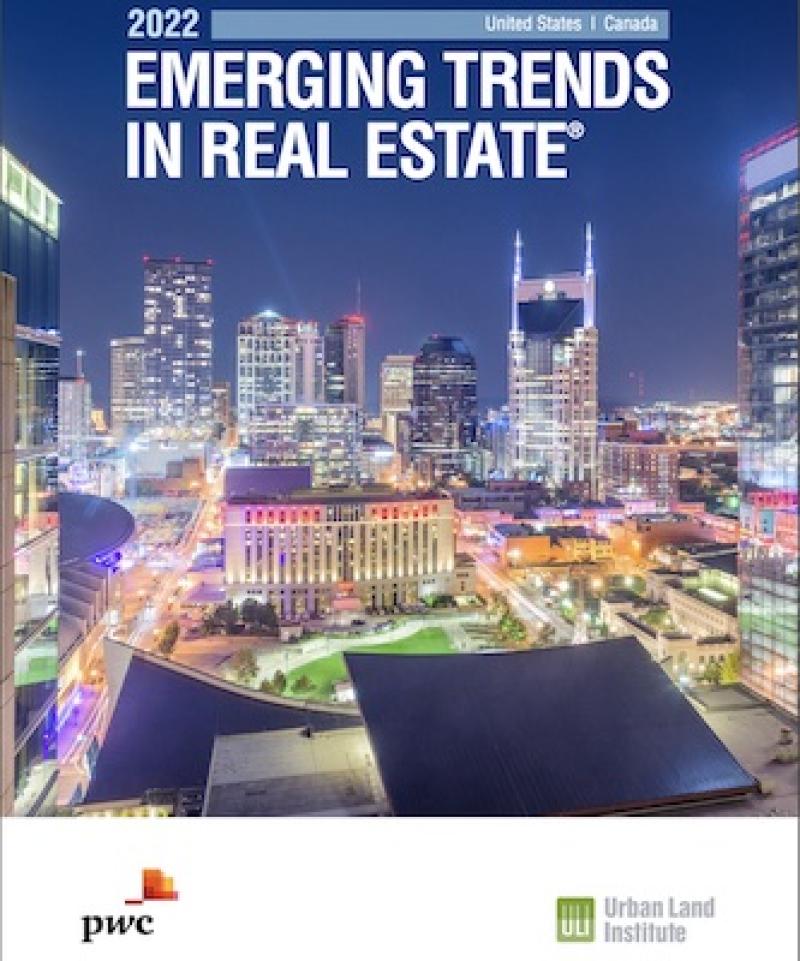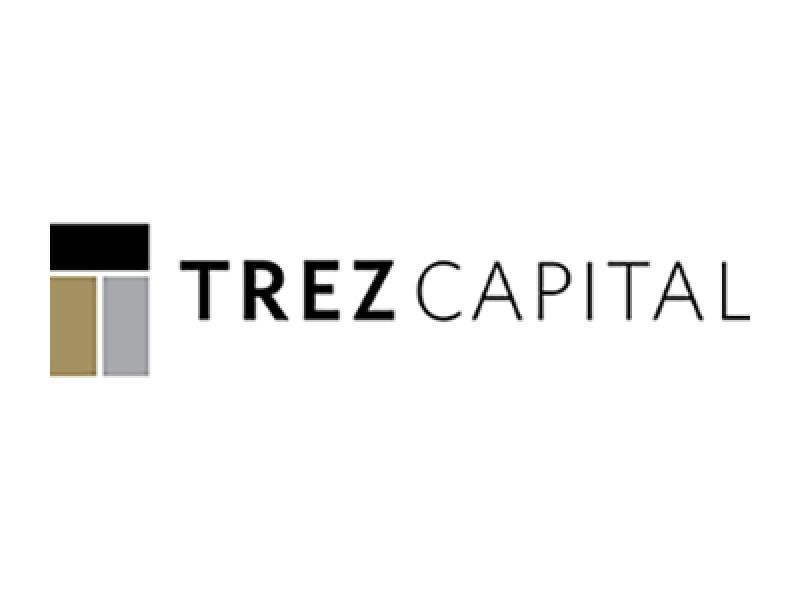
The "amazing run" for Canada's real estate industry has come to an end, a PwC executive told participants at the 44th annual Emerging Trends in Real Estate report event.
Held at The Carlu in Toronto on Nov. 1, the well-attended breakfast event was sponsored by PwC and the Urban Land Institute to offer insights and commentary into the annual report.
The just-released report provides an outlook on real estate investment and development trends, finance and capital markets, property sectors, metropolitan areas, and other real estate issues throughout the United States and Canada.
It reflects the views of individuals who completed surveys or were interviewed as part of the research process, including investors, fund managers, developers, property companies, lenders, brokers, advisors and consultants.
Things are less positive than they were
“Canada's real estate industry has been on an amazing run,” said PwC Canada partner and national real estate leader Frank Magliocco, who presented an overview of the Canadian portion of the report. “Capital was plentiful and rents, valuations and returns were all going up across the country.
"There was stability, along with immigration trends, that continued to make Canada an attractive place to invest.”
While the COVID-19 pandemic created uncertainties, the real estate industry got through it without as much damage as some may have initially feared.
This year, however, has brought a mix of interest rate increases, high levels of inflation and a geopolitical environment that has created uncertainty throughout the global economy. The result has been a significant disruption to the Canadian real estate market.
Magliocco said in 2021 there was too much available capital, which created more competition for deals and pushed prices higher and higher.
“Fast forward to 2023 and the opposite is true,” he added, noting that successive interest rate increases by the Bank of Canada and cautious lenders are decreasing competition for deals and making it harder for real estate companies to raise capital and move projects forward.
Three major trends
According to the report, there are three trends that are expected to be particularly salient as we head into 2023 and, likely, a recession:
• navigating a period of price discovery amid rising challenges around costs and capital availability;
• addressing urgent imperatives around environmental, social and governance (ESG) matters;
• and finding meaningful solutions to escalating concerns about housing affordability.
Rising labour wages and a shortage of workers, along with issues regarding material pricing and availability, have contributed to higher construction costs, project delays and budget overruns.
According to Statistics Canada, residential building costs were up 22.6 per cent on a year-over-year basis in Q1 2022. Cost increases for non-residential construction were 12.8 per cent.
This has led to a pause in both developments and transactions, according to Magliocco, because it’s difficult to make numbers work financially in the current environment.
This period of price discovery has led to buyers and sellers having differing expectations and views of valuations, leading to a slowdown in deal activity.
While challenging, the report says an environment like this also presents opportunities. Companies with less leverage may be able to secure assets at more reasonable prices and, while some sources of financing may not be as readily available, the private debt market could step up and help fill some of the gaps.
ESG considerations growing in importance
At a time when financing is both less available and more expensive, companies with a strong ESG track record will have an advantage in attracting investment from institutional players and sourcing new forms of capital.
There’s also growing evidence that companies with strong ESG commitments are expected to be more profitable in the medium to long term through getting higher sale prices and rents for green buildings, reducing operating costs and increasing operational efficiency.
“The ESG journey, if done well by organizations, will not only preserve value but it will also create value through improved operating cash flows and more attractive capital from lenders and investors,” said Magliocco.
While climate change is a major focus of the ESG agenda, concerns about social issues — including inclusion, diversity and pay equity — are also on the rise.
Housing affordability crisis
Canada needs to build 5.8 million homes between 2021 and 2030 to restore housing affordability, according to the Canada Mortgage and Housing Corporation, but there were only 271,000 housing starts in the country last year.
While people are leaving Toronto and Vancouver due to high housing prices and rents, as well as the growth of remote working, the unaffordability issue is following them to smaller markets due to a lack of supply. The problem is only likely to worsen as Canada increases the number of immigrants it allows into the country.
Increasing development charges and approval times are adding to home-building costs and to the affordability crisis.
Despite these issues and concerns, industry members interviewed for the report are optimistic about the long-term outlook because the fundamentals of the Canadian property market remain strong.
Asset class outlooks
Magliocco also provided brief outlooks for a variety of real estate asset classes in Canada.
While there are some concerns the industrial market may be overheated as vacancy rates hit all-time lows and rents and property valuations explode upward, it continues to have strong demand and people remain bullish on the sector.
Purpose-built rental apartment demand has recovered from 2020 lows and vacancy rates have tightened, but higher rents are also impacting overall housing affordability. Valuations for multiresidential remain strong, as do the supply and demand fundamentals.
There’s uncertainty in the office market and some organizations are moving forward with plans to offload significant amounts of space. This includes the federal government, which Magliocco said is looking to shed 15 to 20 per cent of its 42 million square feet.
Retail is continuing to rebound from the effects of pandemic lockdowns and vacancy rates are starting to recover as shoppers return to brick-and-mortar stores and become somewhat less reliant on e-commerce.
Condominiums continue to be a growing part of the housing market and the outlook remains positive for the asset class. There’s also a desire from some buyers for bigger unit sizes to accommodate home offices.
Single-family housing has a mixed outlook as high prices and interest rates are putting a damper on the market. There has, however, been increased interest in more affordable types of single-family homes, such as duplexes and townhouses.
Magliocco said the life sciences asset class follows only industrial and multiresidential as a best bet for investment success in 2023.










